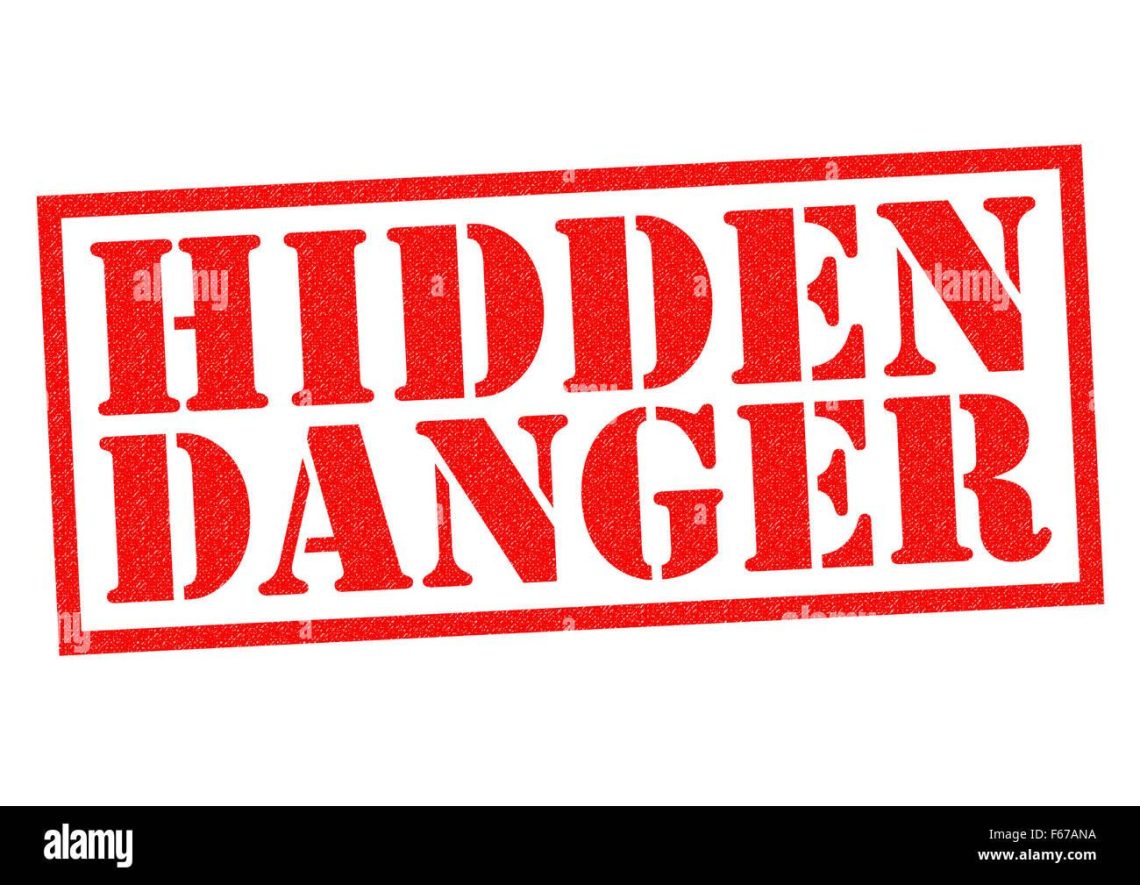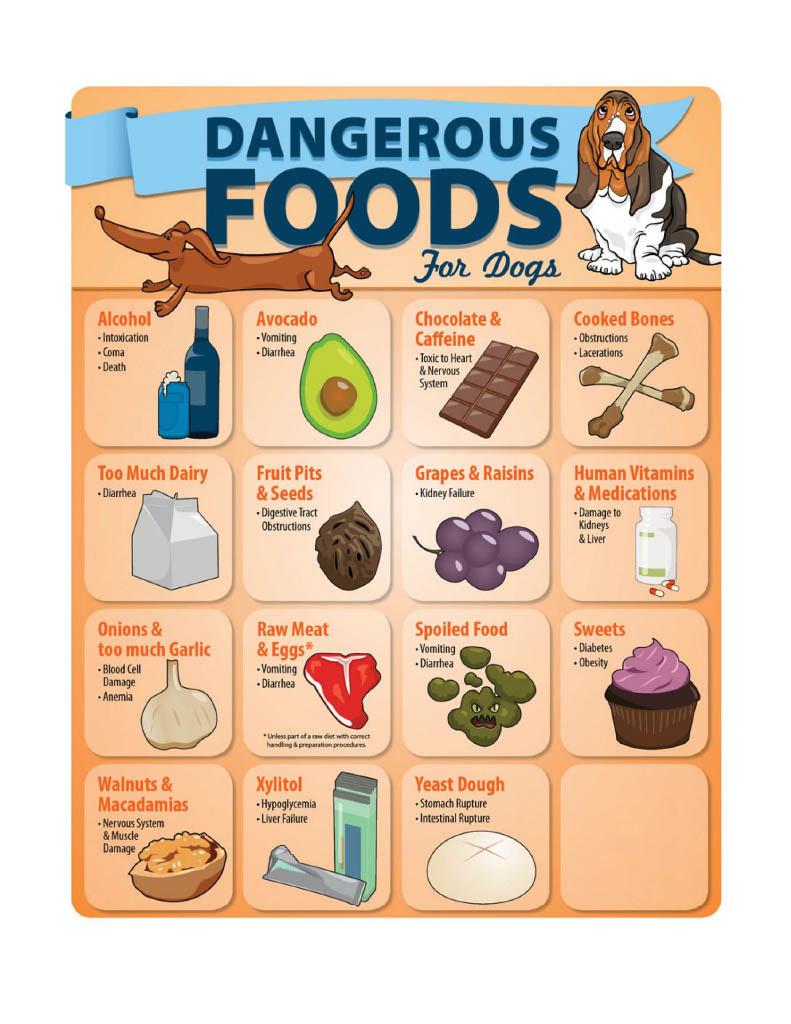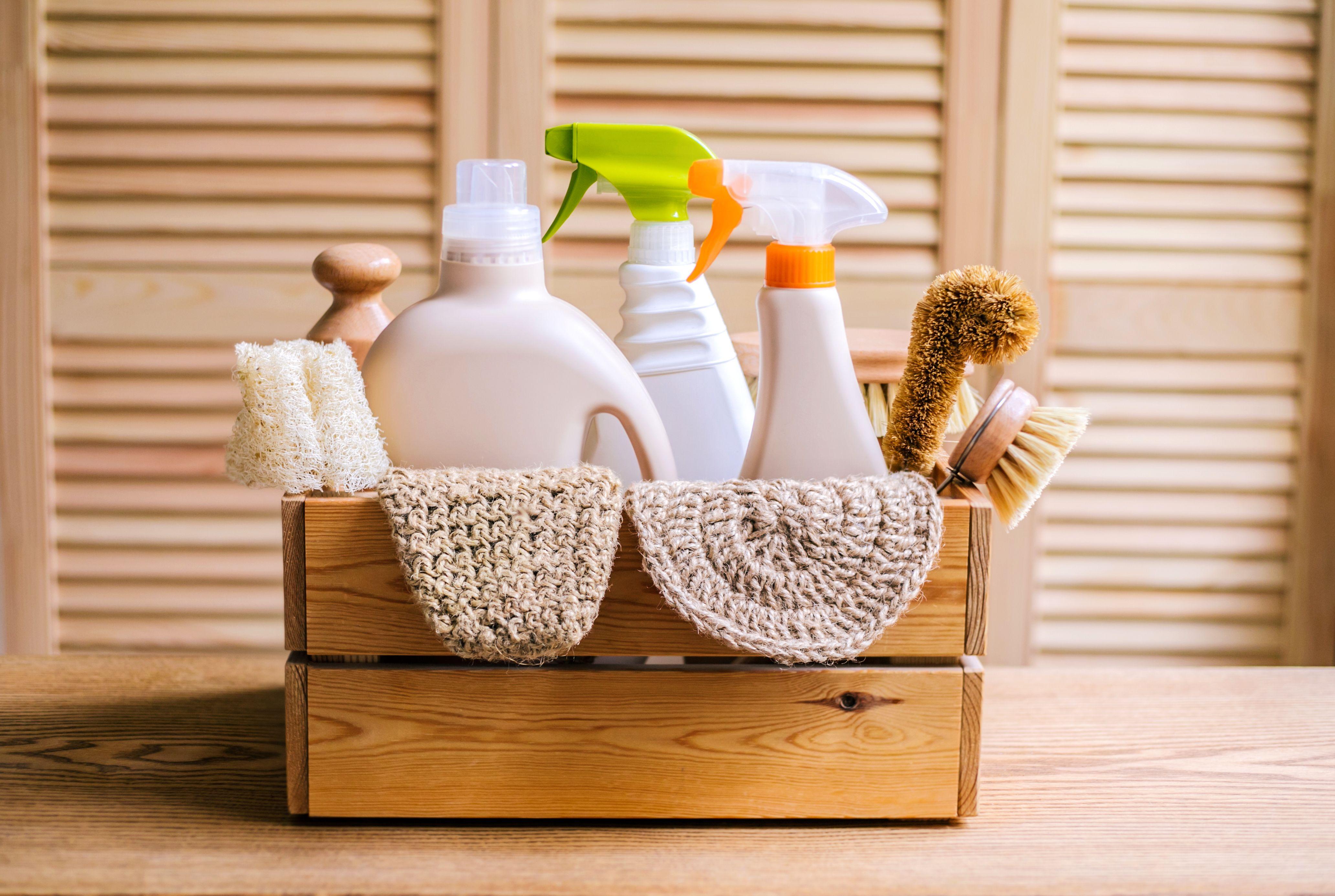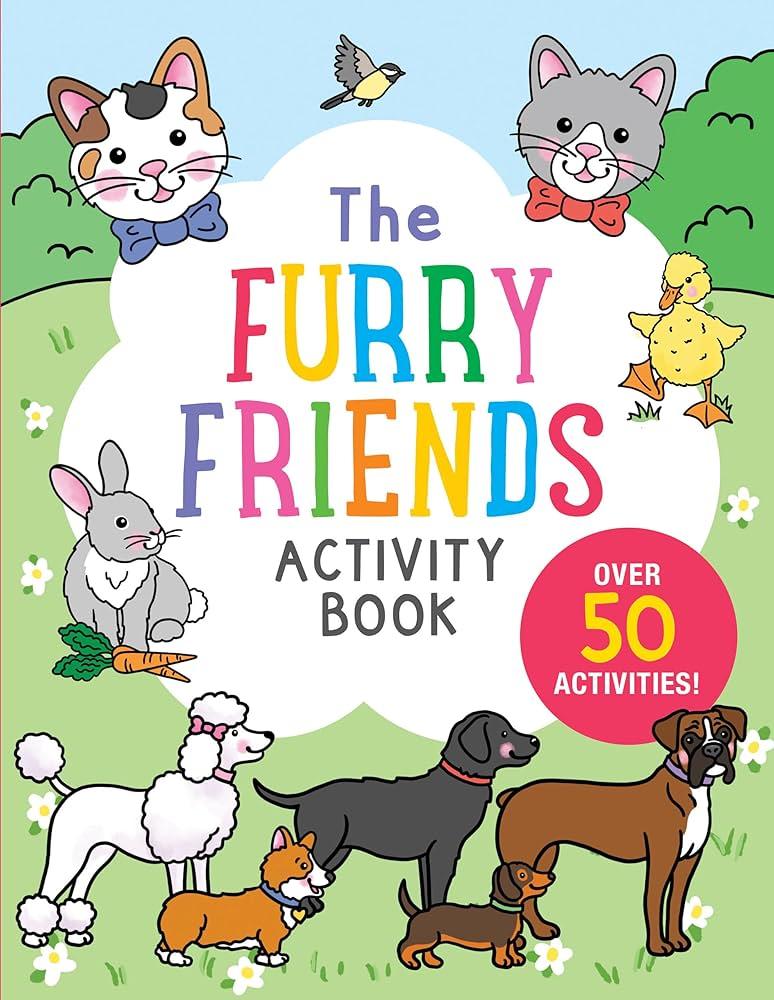
Hidden Dangers: Everyday Items That Can Harm Your Pets
In the cozy corners of our homes, everyday items weave the fabric of our daily lives, offering comfort, convenience, and companionship. However, lurking within this familiar tapestry are hidden dangers that can pose meaningful risks to our beloved pets. from seemingly innocuous household objects to common foodstuffs, many items we take for granted can inadvertently become threats to our furry friends. In this article, we will embark on a journey of finding, illuminating the potential hazards that may be hiding in plain sight. By raising awareness and understanding the risks associated with these commonplace items,we can better protect our pets and foster a safer environment for them to thrive. join us as we unveil the unseen perils that might be present in your own home, ensuring that our pets can continue to live joyful and healthy lives by our sides.
Table of Contents
- Understanding Common Household Hazards for Pets
- Identifying Toxic Foods and Plants in Your Home
- The Risks of Everyday Cleaning Products and Chemicals
- Creating a Safe Living Environment for Your Furry Friends
- Insights and Conclusions

Understanding Common Household Hazards for Pets
Many household items that we use every day can pose serious risks to our furry friends. From common cleaning supplies to food items, it’s vital to be aware of what could potentially harm our pets. As a notable example, chocolate is a well-known hazard; its toxicity to dogs and cats can lead to severe health issues, including seizures or even death. Likewise, everyday plants such as lilies, azaleas, and sago palms can be fatal if ingested by pets. Always ensure that these dangerous items are either removed from your home or placed well out of reach.
Another often-overlooked hazard lies within our medicine cabinets. Over-the-counter medications like ibuprofen and acetaminophen can be extremely toxic to pets, leading to kidney damage or liver failure. It’s essential to keep these out of reach and be cautious when disposing of them. similarly, safe and secure storage for things like batteries and household chemicals is crucial, as the ingestion of lithium or corrosive substances can result in significant medical emergencies. Regularly reviewing your home for such potential dangers can help you create a safer environment for your beloved companions.

Identifying Toxic foods and Plants in Your Home
As pet owners, it’s essential to be aware of the potential hazards lurking in our homes. Certain foods and plants, while harmless to humans, can be toxic to our furry companions. As a notable example,grapes and raisins can cause kidney failure in dogs,while onions and garlic may lead to anemia. Additionally, chocolate is particularly perilous due to its theobromine content, which can be fatal for pets. always keep snacks out of reach, and read labels carefully to avoid exposing your pets to harmful ingredients.
Equally important is examining your indoor plants. Many popular houseplants can be harmful if ingested. Consider these toxic plants that might potentially be in your home:
| Plant Name | Potential Effect |
|---|---|
| Philodendron | Oral irritation, vomiting |
| Lily | Kidney failure in cats |
| Sago Palm | Severe liver toxicity |
Regularly inspect your living space for these dangers and consider replacing toxic varieties with pet-friendly options. Creating a safe environment not only protects your pets but also enhances their quality of life.

The Risks of Everyday Cleaning Products and Chemicals
While we strive for a clean and healthy home, the everyday cleaning products we use can pose significant risks to our furry friends. Many common items contain toxins that, although effective at eliminating dirt and grime, can lead to serious health concerns for pets. ingredients found in conventional cleaners, such as ammonia, bleach, and various surfactants, not only have detrimental effects on household surfaces but can also cause irritation, respiratory issues, or even poisoning if ingested or inhaled by pets. Regular exposure to these substances may lead to long-term health problems, especially for small or sensitive animals.
Pet owners should be particularly vigilant when selecting products for their cleaning routines. To ensure a safer environment, look for alternatives that are non-toxic and pet-friendly. Using natural cleaning agents like vinegar, baking soda, and lemon juice can provide effective cleaning without the harmful side effects.Below is a brief comparison of common cleaning agents and their pet-safe alternatives:
| Conventional Cleaner | Ingredients | Pet-Safe Choice |
|---|---|---|
| All-Purpose Cleaner | Ammonia, Surfactants | Vinegar, Water |
| Glass Cleaner | Isopropyl Alcohol | Water, Lemon Juice |
| Disinfectant Wipes | Bleach, Fragrance | Baking Soda, Essential Oils |

Creating a Safe Living Environment for Your Furry Friends
Ensuring your home is a safe haven for your pets requires vigilance, as many common household items can pose hidden threats. start your pet-proofing journey by examining the environment around them.Household cleaners and laundry detergents frequently enough contain toxic chemicals that can harm curious paws and noses. Instead, consider swapping these products for pet-safe alternatives or ensure they are stored in high cabinets. Additionally, stay mindful of leftover food scraps, especially those containing onions, garlic, and chocolate, which can be extremely harmful to pets.A simple practice of cleaning as you go can be a major step toward maintaining their safety.
Another frequently enough-overlooked aspect is plants that might beautify your space but could be deadly to your companions.species such as lilies, azaleas, and certain palms can cause serious health implications if ingested. To help you distinguish between safe and unsafe flora, refer to a handy chart:
| Safe Plants | Unsafe Plants |
|---|---|
| Spider Plant | Lily |
| Bamboo Palm | Azelea |
| Boston fern | Philodendron |
In addition to plants, be cautious with electrical cords and small objects that can be chewed or swallowed. Use cord protectors and routinely check for any hazards within their reachable area. By prioritizing your pets’ safety, you foster an environment where they can thrive, explore freely, and enjoy their home without the shadow of hidden dangers lurking around.
Insights and Conclusions
In a world where our homes are filled with comforts and conveniences, it’s all too easy to overlook the hidden dangers that accompany them. As we navigate the landscape of modern living with our beloved pets, awareness is our greatest ally. By shedding light on the seemingly innocuous items that can pose risks to our furry companions, we not only empower ourselves but also strengthen the bond we share with them.
As you move forward in your daily routines, take a moment to evaluate your surroundings with fresh eyes. A small shift in perspective can lead to a safer environment for your pets. while the allure of everyday items can sometimes overshadow their potential hazards, vigilance and knowledge equip us to protect those who rely on us the most.
So, let this be a gentle reminder: the love we show our pets is expressed not only through affection and play but also by ensuring their safety in our shared spaces. With a little extra care, we can create an environment where both humans and their animal companions thrive, free from the unseen perils that lurk in plain sight. Here’s to a happy, healthy, and safe home for all members of the family—two-legged and four-legged alike.


